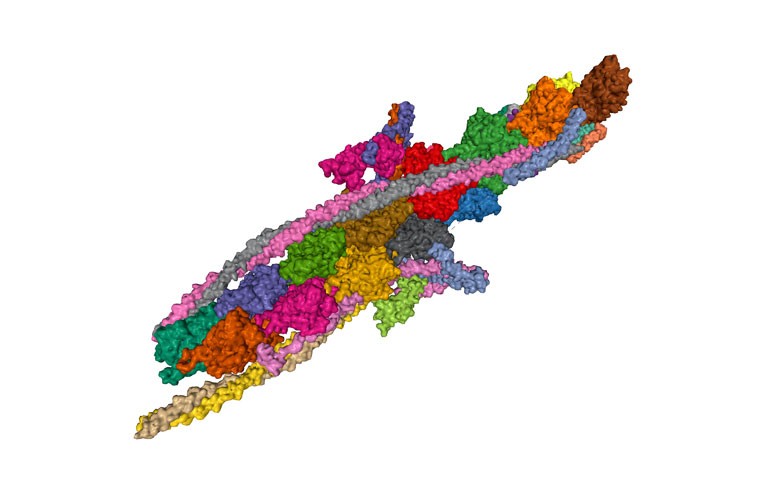Within emergency departments, serial measurement of troponin levels helps to rule out an acute coronary syndrome but could a single measurement be just as effective?
The presence of chest pain is an extremely common reason for attendance at emergency departments. However, while not everyone presenting with chest pain has acute coronary syndrome (ACS), it is still important that this is ruled out as a cause of the pain. High-sensitivity troponin (hsTn), is an important biomarker of cardiac muscle injury and elevated during ACS, providing clinicians with an immediate assessment of whether an individual might have suffered a heart attack. If the initial hsTn level is found to be very low, the value of obtaining repeated measurement, in terms of future patient management is uncertain. A team from the Department of Research and Evaluation, Kaiser Permanente, Southern California, US, therefore wondered if discharging a patient after a single, very low hsTn test result, would negatively impact on subsequent cardiac outcomes compared to serial hsTn measurement. The researchers undertook a retrospective analysis of prospective data collected from 15 emergency departments over a 19-month period. The study included emergency department encounters in which the patient was evaluated for chest pain that was suspected to be caused by ACS and where the hsTn was below the limit of quantification (0.02ng/ml). The primary outcome was the 30-day cardiac mortality or myocardial infarction (MI) after discharge from the emergency care department. Secondary outcomes included unstable angina, invasive coronary angiography and percutaneous transluminal coronary angioplasty.
Findings
A total of 27,918 patients with a mean age of 58.7 years (58.1% women) were included in the analysis. Among those with an initial low hsTn level, 14,459 were discharged after a single measurement whereas 13,459 underwent serial testing, for the most part, three to six hours after the first result. There was no difference in the primary outcome of MI within 30 days, 56 vs 42 (single hsTn vs serial hsTn), adjusted odds ratio, OR of 1.41 (95% CI 0.96 – 2.07) and no significant differences in cardiac mortality. In terms of the secondary outcomes, patients having a single hsTn test had lower rates of coronary artery bypass grafts (OR = 0.46) but there were no significant differences between other outcomes such as percutaneous coronary interventions and unstable angina.
The authors concluded that compared with serial hsTn testing, clinicians should use their discretion in considering whether to discharge a patient after a single low test, as this strategy appears safe and reliable.
Citation
Wassie M, Lee MS, Sun BC. Single vs Serial Measurements of Cardiac Troponin Level in the Evaluation of Patients in the Emergency Department with Suspected Acute Myocardial Infarction. JAMA Netw Open 2021










